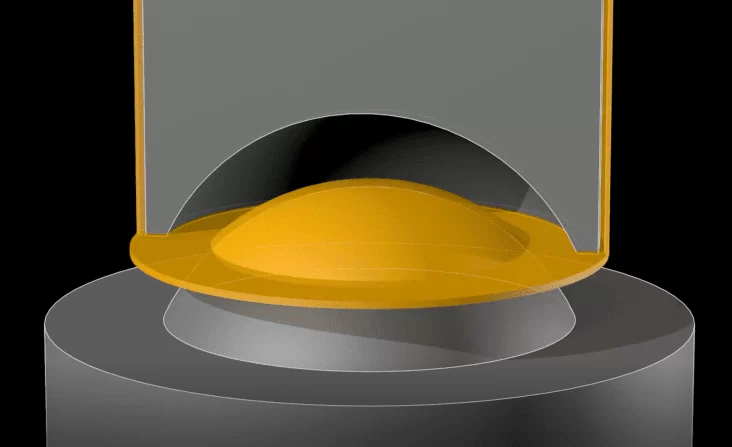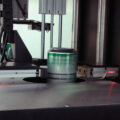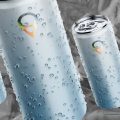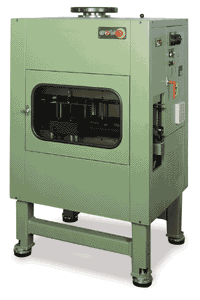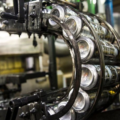Introduction
Wrinkles in the dome are a common defect in the can manufacturing process. These wrinkles appear at the dome, or concave bottom of the can, and can affect the structural integrity and performance of the finished product. In this article we will discuss the causes of dome wrinkles, methods to detect them and ways to prevent their appearance.
Causes of dome wrinkles
Dome wrinkling can be attributed to several factors during the canmaking process:
- Material properties: The aluminum used in the manufacture of cans must have the appropriate thickness, temper and mechanical properties to ensure correct molding. Variations in these properties can result in uneven stress distribution during the forming process, leading to wrinkling.
- Forming process: The drawing and pressing process of the can body, as well as the punching of the dome, must be carefully controlled to avoid the formation of wrinkles. Excessive or uneven pressure, tool misalignment or inadequate lubrication can contribute to dome wrinkling.
- Tools and equipment: Worn or damaged tools, such as punches and dies, can cause uneven stress distribution and lead to wrinkling. In addition, improper maintenance or calibration of equipment may contribute to the defect.
Dome wrinkle detection
To ensure the quality of the finished cans, it is essential to detect and treat dome wrinkles during the manufacturing process. Some common methods for detecting dome wrinkles include:
- Visual inspection: Trained inspectors can visually examine the cans for the presence of wrinkles in the dome. This method, however, can be subjective and may not be effective in detecting subtle defects.
- Camera inspection systems: Advanced camera systems can be used to capture high-resolution images of can domes and analyze them for the presence of wrinkles. These systems offer a more objective and reliable method of detecting defects.
- Non-destructive testing: Techniques such as ultrasound, eddy current or X-rays can be used to detect wrinkles in the domes without damaging the cans. These methods can be more sensitive and accurate than visual inspection, but may require specialized equipment and trained personnel.
Prevention of dome wrinkles
To minimize the appearance of wrinkles in the dome, several preventive measures can be applied during the canmaking process:
- Material selection: Ensuring the use of materials with appropriate properties, such as thickness, toughness and mechanical properties, can help prevent wrinkling.
- Process control: Monitoring and controlling forming process parameters such as pressure, alignment and lubrication can help minimize dome wrinkling.
- Tooling and equipment maintenance: Periodic inspection, maintenance and replacement of worn or damaged tools can help ensure proper forming and reduce the risk of wrinkling. In addition, maintaining and calibrating equipment can help prevent defects caused by misalignment or malfunction.
- Training and quality control: Providing training to operators and inspectors on proper can forming techniques and detecting defects can help improve the overall quality of the finished product.
Conclusion
Dome wrinkling is a common defect in can manufacturing that can affect the structural integrity and performance of the finished product. By understanding the causes of dome wrinkling, applying effective detection methods and taking preventive measures, manufacturers can minimize the occurrence of this defect and ensure the production of high quality cans.

